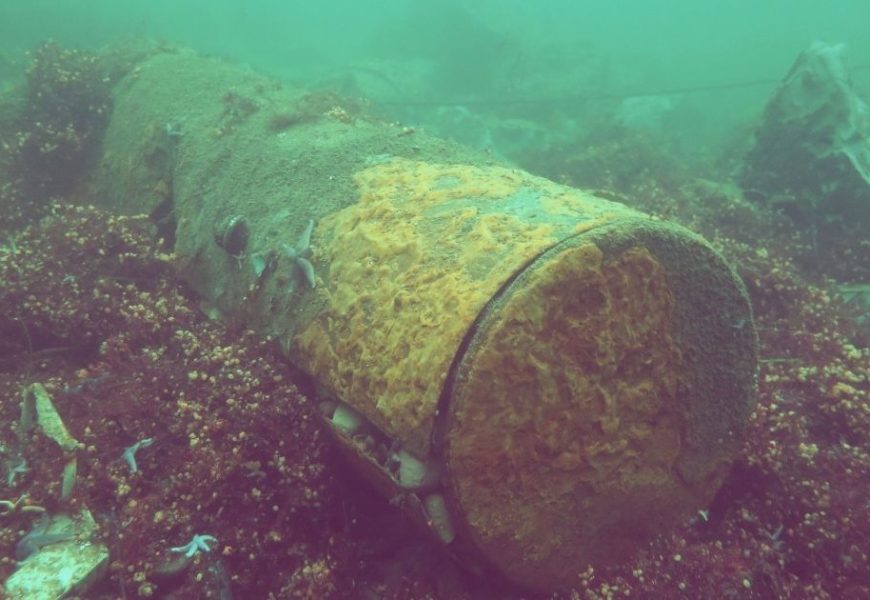BOLTENHAGEN, Germany (AP) – Slowly, Dirk Schoenen dives down to a huge pile of ammunition from World War II at the bottom of the Baltic Sea. He removes some of the top pieces and carefully puts them into a basket, as a team of engineers, divers and seamen watch his every move on monitors streaming live video from a camera attached to his head.
Toxic ammunition is rotting away in the Baltic Sea. Germany wants to recover it before it’s too late
BOLTENHAGEN, Germany (AP) – Slowly, Dirk Schoenen dives down to a huge pile of ammunition from World War II at the bottom of the Baltic Sea. He removes some of the top pieces and carefully puts them into a basket, as a team of engineers, divers and seamen watch his every move on monitors streaming live video from a camera attached to his head.
After an hour, the men pull Schoenen back up onto the Baltic Lift, a mobile platform located 6 kilometers (3.7 miles) off the small town of Boltenhagen on the German coast. He has recovered several 12.8cm- shells, some of them still inside a broken wooden box, fragments of smaller grenades, and several 2-centimeter projectiles.
His bounty was fruitful but humble compared to what’s left on the sea floor.
Approximately 1.6 million tons of old ammunition are lying on the bottom of the North Sea and Baltic Sea, posing a considerable danger: their casings are slowly rusting and emitting toxic substances such as TNT compounds.


